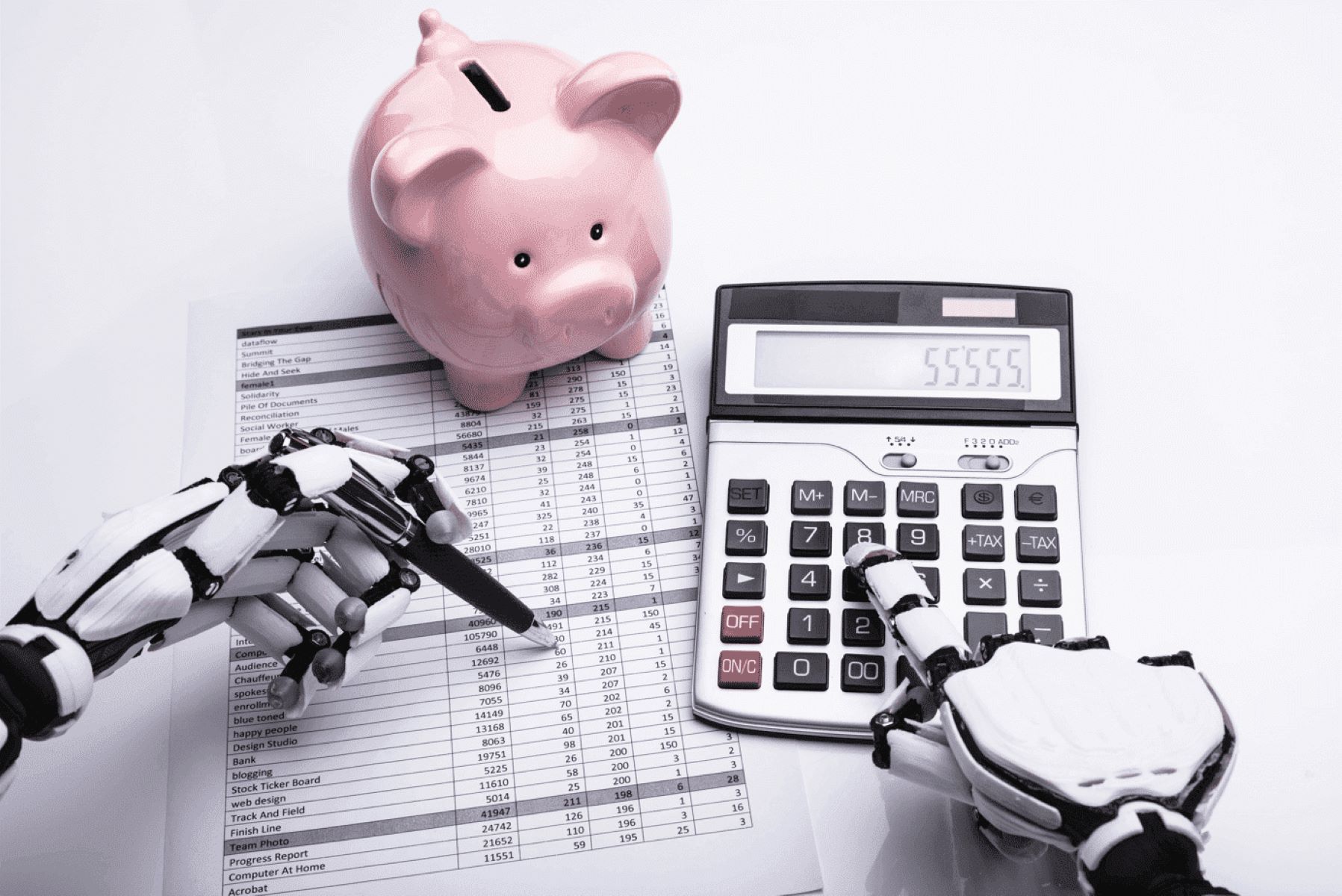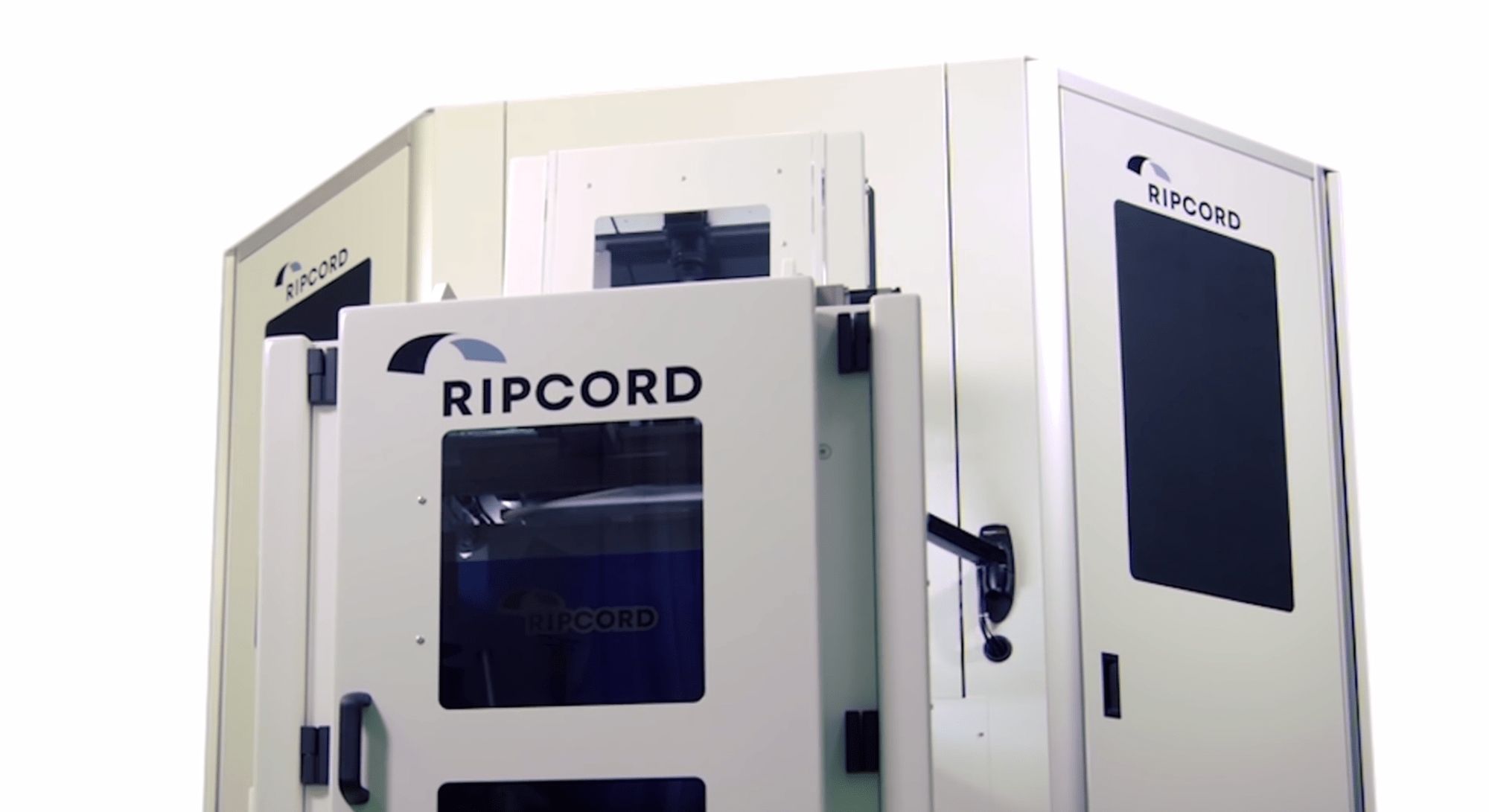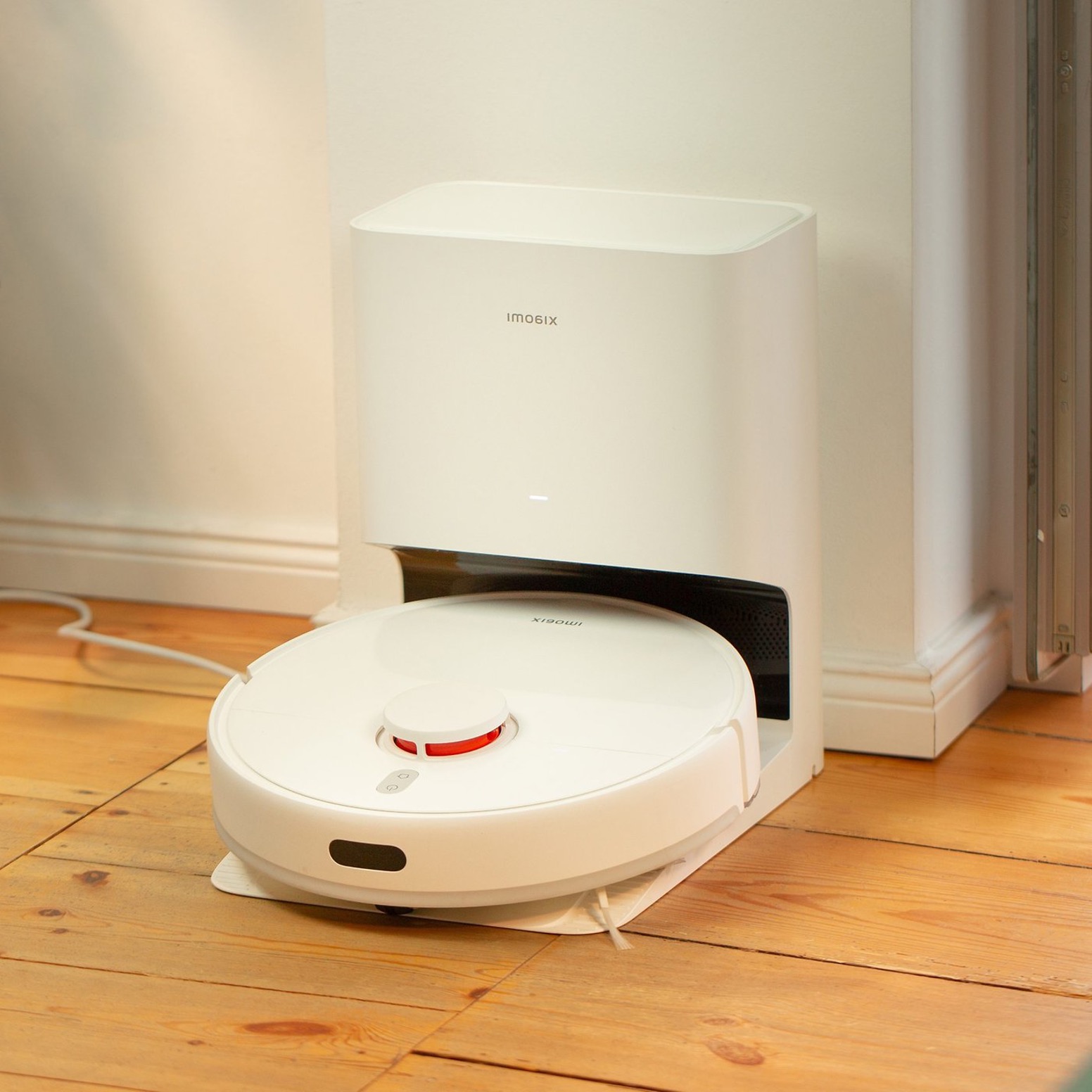The debate around the implementation of a robot tax has gained attention in recent years. As automation and robotics continue to advance, concerns about the potential impact on jobs and income inequality have grown. The idea behind a robot tax is that companies would pay a tax when they replace human workers with robots. This tax would serve two main purposes: to disincentivize firms from replacing workers with machines and to generate revenue for the government to cover the loss of payroll taxes.
Is the Impact of Automation on Jobs a Concern?
Robots and automation are already having an impact on the job market, and this impact is expected to grow in the future. While some argue that automation will lead to the replacement of low-skilled jobs and increased unemployment, others believe that robots will either replace undesirable jobs or make them better. Ultimately, the workforce of the future will be different, and robotics will likely be a primary driver of that change.
The Need for a Nuanced Approach
It is essential to have a nuanced conversation about the impact of automation on jobs. While some fear job displacement, others argue that new jobs will be created as a result of automation. However, the immediate concern lies in the short-term impact on those whose jobs are immediately affected. This raises questions about safety nets and upskilling programs to support those whose jobs have been displaced by robots. The long-term impact of automation on jobs is an important debate, but we must not neglect the immediate needs of workers facing job loss.
Key Takeaway
The implementation of a robot tax has been a subject of debate and discussion. The tax aims to discourage companies from replacing human workers with robots and generate revenue to mitigate the loss of payroll taxes. However, the effectiveness of a robot tax and its potential impact on innovation and competitiveness are points of contention. The conversation about automation’s impact on jobs should be nuanced, addressing both short-term and long-term concerns, and considering policies that can support workers affected by automation.
Expert Opinions on the Robot Tax
The idea of implementing a robot tax has garnered support from prominent figures like Bill Gates and Bernie Sanders. These proponents argue that the tax could help fund social safety nets and ensure that the benefits of automation are shared more equitably. However, critics of the robot tax caution against stifling innovation and hindering domestic manufacturing. They suggest that alternative policies, such as changes in how labor and capital are taxed, or labor market reforms, should be considered to address inequality.
A Moderate Approach to Robot Tax
A study conducted by economists at MIT suggests that a sweet spot for taxing robots lies in the range of 1% to 3.7% of their value. This level of taxation takes into account the potential impact on income inequality while minimizing efficiency losses. The researchers emphasize that a robot tax should be balanced with other policies, such as the income tax, which plays a crucial role in redistributing wealth. They argue that discussing a tax on robots and trade as the sole means of redistribution is an oversimplification.
The Way Forward
The debate on implementing a robot tax in the US is ongoing, with South Korea being the only country to have come close to passing legislation so far. It is crucial to consider the potential impact on innovation and competitiveness when discussing a robot tax. Furthermore, policymakers should not overlook other policy changes that can address inequality and support workers, such as tax reforms and labor market initiatives. A comprehensive approach that takes into account the immediate and long-term effects of automation on jobs is necessary to ensure a balanced and equitable future.

























